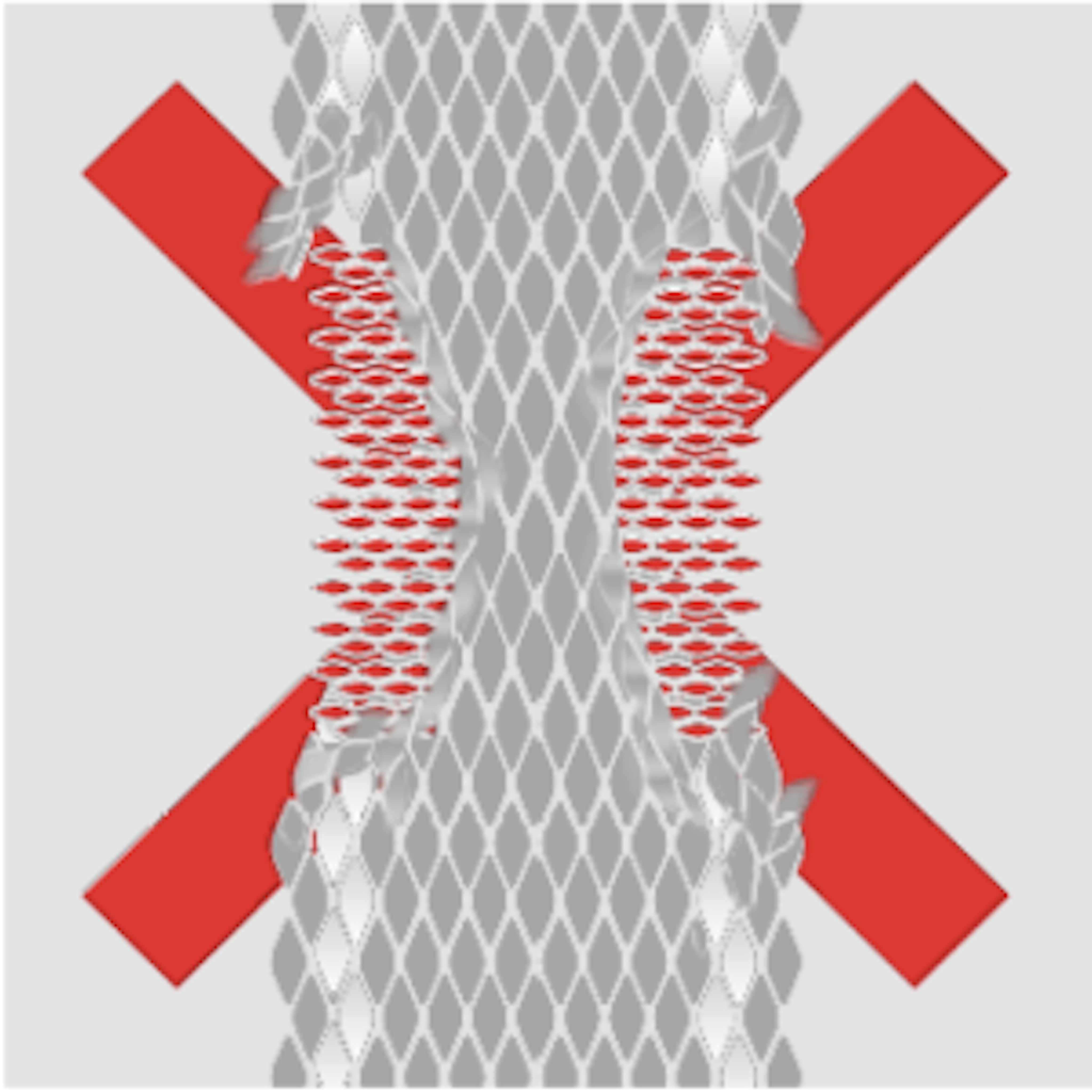Carabiner & Quickdraws
It’s difficult to precisely calculate the service life of any product, as many factors – including frequency of use, handling and weather conditions – influence the rate of wear. Below is a general indication of how long a carabiner or quickdraw may stay in service.
Mammut carabiners are made from either aluminum or steel, which does not lose strength with time (unlike textile fabrics). When stored unused under optimum conditions, these carabiners have an unlimited service life. However, with use, you must regularly check each carabiner carefully for signs of wear and be conscious of any high stress contact the carabiner faces during use.
Mammut quickdraws contain a sling (or dogbone) made of fabric with a limited life span. If it is stored unused under optimum conditions, its service life is 10 years.
Please note that it is possible you must retire carabiners or draws after the first use because of high stress impacts including falling rocks, hard falls or sharp edges.
It is important that you inspect your carabiners and quickdraws on a regular basis to ensure that they are safe to use.
For each carabiner, check the following:
- Look for corrosion, cracks, sharp edges, excessive wear, deformation and marks on the body of the carabiner. Wear is usually caused by the rope or by contact with bolts. It is important that there are no sharp edges that can damage the rope.
- Check that the carabiner nose is straight and free of any cracks or marks.
- Ensure all rivets are in place and straight.
- Check that the gate and locking mechanism has not been bent in any way and that it opens and closes freely. It is important that the gate closes completely. If this is not the case, try cleaning and lubricating the gate. If the gate still does not close easily, retire the carabiner.
In principle, a carabiner or quickdraw must be retired immediately if:
- The gate does not close freely.
- There is evidence of corrosion.
- Sharp edges are visible.
- It is exposed to excessive wear and tear.
- Cracks are visible.
- The seam pattern or webbing is damaged.
- It is heavily and irreversibly soiled (eg. with grease, bitumen, oil, etc.).
- It is exposed to high temperatures or frictional heat resulting in obvious traces of melting.
- It has any contact with aggressive chemicals.
- The indicator is visible (eg. red core of the Express sling – applies only if the indicator technology is used in the sling, see note on product technology).

Hand wash quickdraws and carabiners at 30 degrees using a mild detergent. Use a soft brush to remove the dirt. Make sure you clean all details including the gate. Rinse thoroughly with water. Hang the carabiner in a straight position to dry, allowing excess water to drain quickly. Once the carabiner is dry, lubricate all moving parts. You can use any multi-purpose silicone oil which is made for lubricating metallic and non-metallic surfaces (e.g. LOCTITE 8021). Be sure to remove excess lubricant.
Please note that if you climb close to the ocean, it is even more important that you wash your climbing gear on a regular basis. Salt is detrimental to climbing gear and causes corrosion.
Unless you work with them professionally, your carabiners and quickdraws will spend most of their life in storage. That’s why even with regular use, following a few important storage practices can help them last for many years to come.
When transporting your gear, use a suitable pack. Where possible, keep sharp objects like crampons or ice screws separate to avoid damaging your gear. The pack will protect your carabiners and quickdraws from unnecessary wear and tear and keep them safe from chemicals and dirt.
When storing your carabiners and quickdraws, make sure you only do so when they are dry. If wet, air-dry them before storage. A dry, dark and cool place provides optimum storage conditions for the following reasons:
- Water and moisture affect the strength of the sling and should be avoided where possible in storage.
- UV radiations bleaches the sling and speeds up the aging process.
- The sling can also be damaged by extreme temperatures.
It’s also important that carabiners and quickdraws are protected from direct exposure to chemicals, heat, dirt, sharp objects and mechanical damage for the following reasons:
- Chemicals can be very damaging to gear - acids in particular. If your carabiners or quickdraws come into contact with chemicals, the strength can be compromised. It is also possible that the damage is not clearly visible. Keep your gear far away from harmful materials including batteries, paint, solvents, bleach and glue.
- Heat can melt the fabrics in the sling which reduces the strength of the quickdraw.
- Dirt can penetrate the textile materials and cause friction which weakens the fabric. Clean gear will therefore last longer.
- Sharp objects such as the ice screws or crampons can easily damage your gear. Always store them separately.
- Your gear should not be stored under any kind of pressure or load.